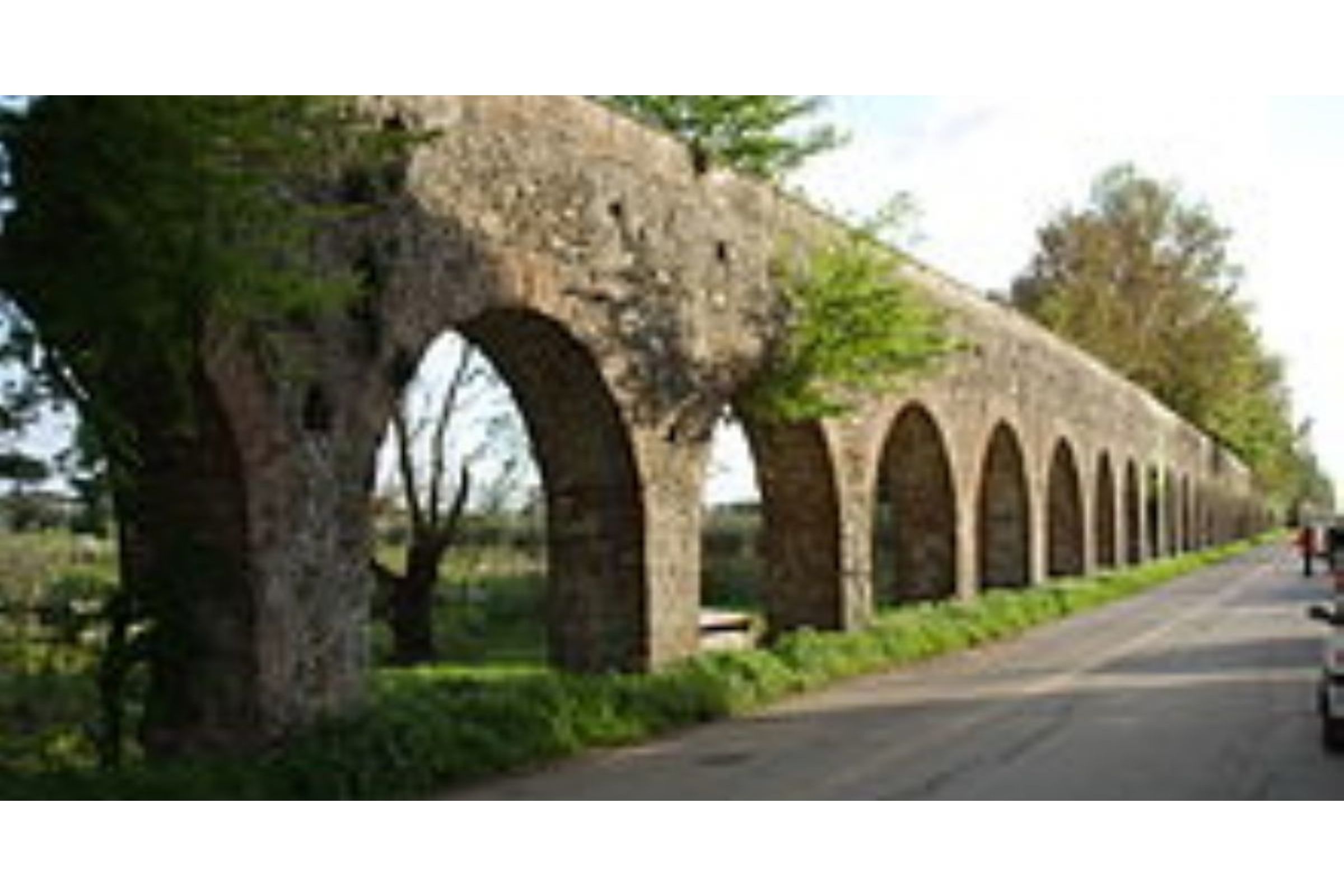The Pisans call them simply "the pipes" with a title that forgets the Florentine origin of the work.
The aqueduct is coming down from the mount "Pisano " and reach the town.
Since 1954 until 1920, when it was replaced by a more modern piping, it bring water to Pisa.
Now it only remains a monument, , part of the landscape that connects the city to the mountains.
A monument that was never considered truly such,
Today, much of the route is abandoned to the negligence, recover it represents a not easy implementation.
The aqueduct runs from San Rocco in the Valley of the sources, at Asciano and along a route of about 6 kilometers up to the walls of Pisa in Piazza delle Gondole. The water carried from the aqueduct was then channeled into underground pipelines to feed the various fountains in the city.
The aqueduct is supported by 954 equally-spaced arches , built with stone masonry and mixed masonry bricks .
The foundation bases of the arches are supported on pine trunks ground fixtures.
The conduit where passed the water was covered with terra cotta and above it there are stone slabs to prevent water heating by the Sun
Built on the initiative of the Grand Duke Ferdinand I de ' Medici to designs by architect Raphael Zanobi di Pagno between 1588 and 1592
In 1594, succeeded the architect Andrea Sandrini, who had to redesign the Raceway that due to a design error was stagnate water that arrived in Pisa. Everything was completed in 1613 under the Grand Duchy to Cosimo II de ' Medici.
the financing of the work took place through the proceeds from the salt tax and with the sale of downed pinewood.
In 1632 was made some extraordinary maintenance works such as the construction of buttresses to reiforce the pillars, clean the ducts, repair the injury and increase the slope.

